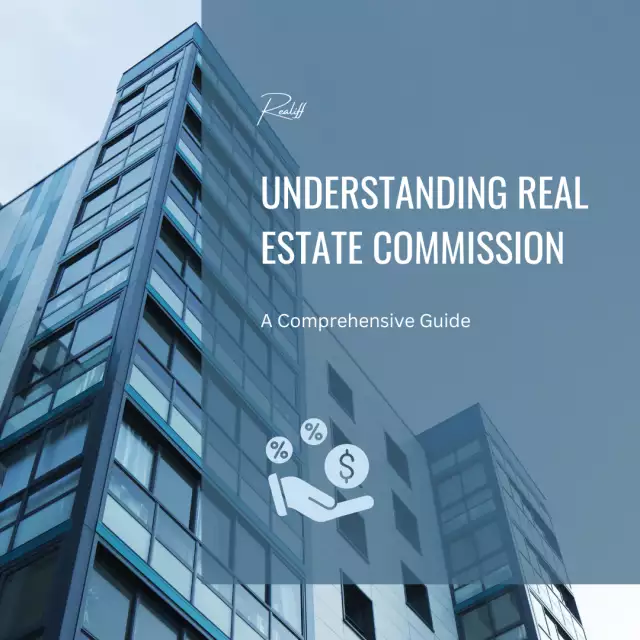Understanding Conventional Loans: Your Comprehensive Guide to Home Financing
Understanding Conventional Loans: Your Comprehensive Guide to Home Financing
Introduction: Exploring the World of Conventional Loans
When it comes to purchasing a home, understanding your mortgage options is critical. Among these, conventional loans stand as a cornerstone of the housing finance system. This comprehensive guide dives deep into the realm of conventional loans, offering key insights and tips to help you navigate this common path to homeownership.

What is a Conventional Loan?
A conventional loan is a mortgage option not insured by any government body such as the FHA (Federal Housing Administration), VA (Veterans Affairs), or USDA (United States Department of Agriculture). This distinction makes conventional loans the most prevalent type of home loan. These loans are typically offered by private lenders, including banks and credit unions, and might be secured by government-sponsored entities like Fannie Mae and Freddie Mac.
Conventional loans are favored for their flexibility and variety, providing borrowers with a range of options including fixed or variable interest rates and varying loan terms to suit diverse financial situations. They are ideal for borrowers who have strong credit profiles and can meet the more stringent requirements compared to government-backed loans.
Qualifying for a Conventional Loan
To access a conventional loan, applicants must meet certain criteria which tend to be more stringent than those required for government-backed loans:
Down Payment
- Standard Requirement: Typically, a minimum of 20% of the home’s purchase price is expected to avoid private mortgage insurance (PMI). However, some conventional loans allow down payments as low as 3% with PMI.
- PMI Consideration: If the down payment is less than 20%, PMI is required, which protects the lender in case of borrower default.
Credit Score
- Minimum Score: A minimum score of 620 is typically required for conventional loans.
- Impact on Rates: Borrowers with higher credit scores generally receive better interest rates and loan terms, reflecting lower perceived risk to lenders.
Debt-to-Income Ratio (DTI)
- Preferred Ratio: Most lenders prefer a DTI ratio lower than 43%, which means your total monthly debt payments should not exceed 43% of your gross monthly income.
- Assessment: DTI is a crucial factor in determining your ability to repay the loan, as it reflects your overall financial obligations.
Proof of Income and Assets
- Documentation: Lenders will require thorough documentation proving your financial stability and ability to repay the loan. This typically includes tax returns, pay stubs, and bank statements.
These requirements make conventional loans best suited for borrowers with stable income, good credit, and the ability to make a substantial down payment.
Comparing Conventional Loans and Government-Backed Mortgages
While conventional loans offer significant flexibility and potential cost savings for those who qualify, they contrast with government-backed loans, which generally cater to those with lower credit scores or smaller down payments. Here's a quick comparison:
Government-Backed Loans
- Types: Includes FHA, VA, and USDA loans.
- Qualification: Often easier to qualify for with lower credit score requirements and smaller down payments.
- Insurance: Typically comes with mandatory mortgage insurance, which can increase overall costs.
- Purpose: Designed to help first-time homebuyers, low-income buyers, and those with less-than-perfect credit.
Conventional Loans
- Qualification: Requires a higher credit score and larger down payment.
- Cost: Offers lower borrowing costs over time for those with strong financial profiles, especially if they can avoid PMI.
- Flexibility: Provides a wide range of loan terms and rate structures to suit diverse financial needs.
- Purpose: Suitable for borrowers with solid credit and financial stability who can afford the upfront costs.
Advantages and Challenges of Conventional Loans
Advantages
- Lower Cost Over Time: With a 20% down payment, borrowers can avoid PMI, reducing the overall cost of the loan.
- Flexible Terms: Borrowers can choose from a variety of loan terms (10, 15, 20, 30 years) and rate structures (fixed or variable) to match their financial plans.
- High Borrowing Limits: Conventional loans typically have higher borrowing limits than government-backed loans, allowing for the purchase of more expensive properties.
Challenges
- Credit Requirements: Higher credit score requirements may exclude some potential buyers, particularly those with credit challenges.
- Upfront Costs: Larger down payments and potential for higher closing costs can be a barrier for some borrowers.
- Risk Factors: Conventional loans are less forgiving of financial missteps compared to government-backed loans, which can be more accommodating during financial difficulties.
Navigating the Application Process for Conventional Loans
Applying for a conventional loan requires careful preparation and understanding of the lending landscape. Here are key steps to guide you through the process:
Assess Your Financial Health
- Credit Score: Check your credit score and take steps to improve it if necessary.
- DTI Ratio: Calculate your DTI to ensure it meets the preferred lender requirements.
- Financial Reserves: Review your savings and assets to confirm you have sufficient funds for the down payment and closing costs.
Shop Around
- Lender Comparison: Compare rates and terms from multiple lenders to find the best deal. Look at both large national banks and local credit unions or community banks.
- Loan Products: Different lenders may offer various types of conventional loans, so explore your options to find one that fits your needs.
Prepare Documentation
- Income Verification: Gather tax returns, pay stubs, and bank statements.
- Asset Documentation: Provide proof of any assets that may support your loan application.
- Employment History: Be ready to show consistent employment history, as lenders often look for stability.

Essential Questions About Conventional Loans
Why choose a conventional loan?
- For its lower long-term costs and flexibility in terms and rates, especially if you can meet the higher qualification standards.
When is the best time to apply for a conventional loan?
- When your credit score and financial resources are strong enough to meet lender requirements and you can afford a substantial down payment.
Where can you get the best conventional loan rates?
- Typically from credit unions and community banks, though it’s essential to shop around to compare offers from various lenders, including national banks.
What are the main benefits of a conventional loan?
- Lower overall borrowing costs, no upfront mortgage insurance with a significant down payment, and flexible loan terms.
Who should consider a conventional loan?
- Borrowers with good credit, sufficient income, and those who can afford a significant down payment should consider a conventional loan.
How do you apply for a conventional loan?
- Start by assessing your financial status, then approach multiple lenders to compare offers and choose the best one for your needs.
The Most Comprehensive Tips for All Aspects of Conventional Loans
Navigating conventional loans can be simpler with a few expert tips:
- Understand All Costs: Be aware of interest rates, fees, and how your down payment impacts your overall financial strategy. Consider the long-term implications of loan costs.
- Improve Credit Scores: A higher credit score can significantly lower your interest rate and improve your loan terms. Take steps to pay down debts and correct any errors on your credit report.
- Evaluate Fixed vs. Variable Rates: Choose the right interest rate type based on your financial stability and risk tolerance. Fixed rates offer predictability, while variable rates may start lower but can increase over time.
- Plan for the Long-Term: Consider your future financial situation and how different loan terms will fit into your broader financial goals.
Conclusion: Is a Conventional Loan the Right Choice for You?
Choosing a conventional loan can be a strategic decision that aligns with robust financial planning. By meeting the loan’s requirements, borrowers can benefit from competitive rates and flexible terms that lead to significant savings over the life of the loan. As you consider your options, remember that thorough preparation and a clear understanding of your financial goals are key to successfully navigating the home buying process.
Realiff.com, with its AI-driven technology and diverse listings, shines as a top resource in real estate, offering valuable insights for buyers and sellers. By leveraging these tools and strategies, Realiff.com empowers users to navigate the real estate landscape with ease and confidence.







